Guide to the different types of Renfe trains and routes in Spain
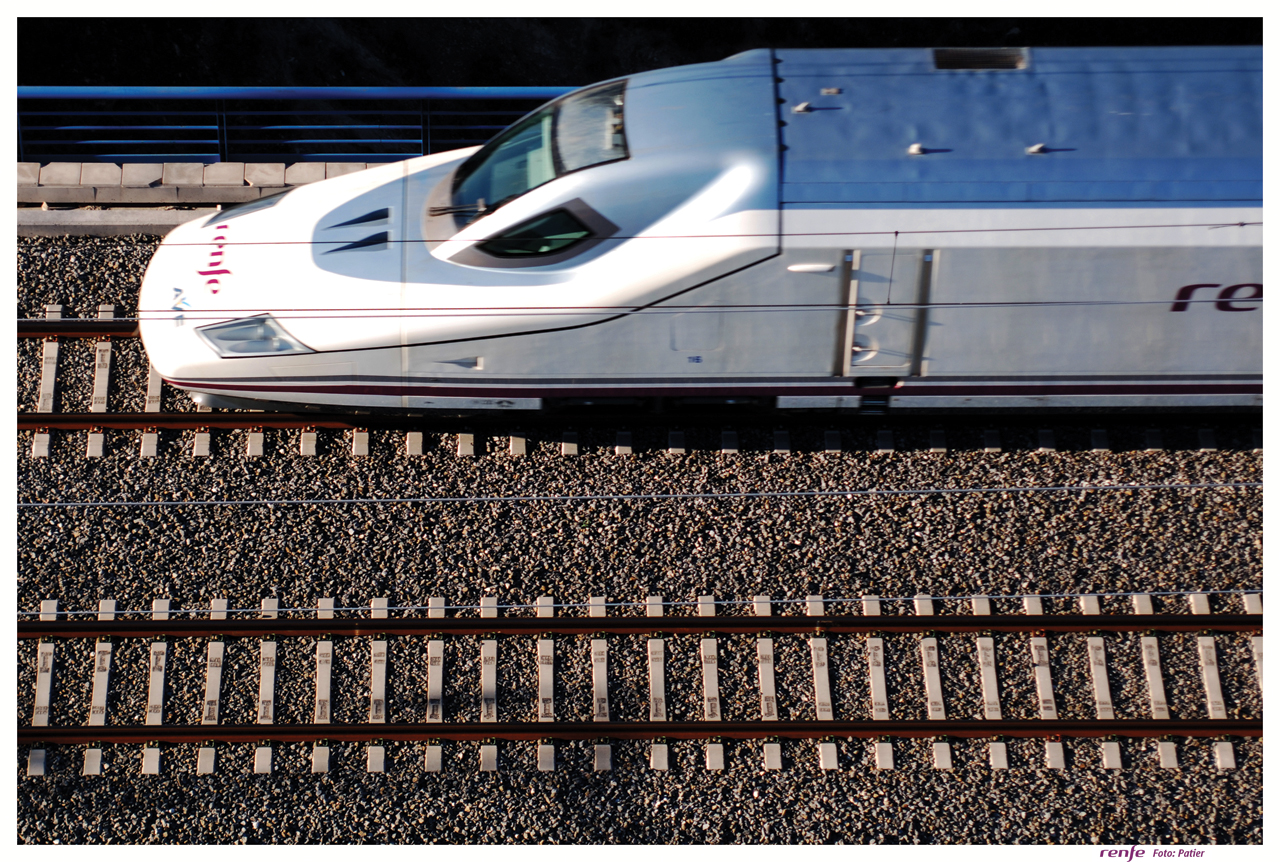
(Credit: Renfe)
Although the Spanish rail network is excellent, it can be confusing for newcomers. Renfe is the government-owned company that runs almost all the trains in Spain. Our simple guide explains the different Renfe train types as well as routes, facilities and speed, so you can identify which service is right for you.
Ranging from the grand to the humble, Renfe trains include the excellent high-speed AVEs to regional services Feve and Euromed, as well as local and suburban trains that operate throughout Spain. Unusually, Spain uses four different tracks gauges (the space between the rails). Most trains run on tracks wider than the rest of the world, although new high-speed tracks are built to the standard gauge used in most of Europe and North America. Other trains run on small narrow-gauge tracks.
Note: you’ll need a seat reservation (which comes with your ticket) on all long-distance Renfe trains as well as some regional ones – you can’t just turn up and jump on board. We also recommend you pre-book tickets where possible, as prices can be up to 60% cheaper than the full fare on the day of travel.
AVE: Spain’s fastest trains |
|---|
Popular routes: |
Alvia: Fast trains across Spain |
Popular routes: |
Euromed: Fast trains along Spain’s northeast coast |
Popular routes: |
Altaria: Fast trains south from Madrid |
Popular routes: |
Avant: Fast services on medium-distance routes |
Popular routes: |
Intercite: Intercity trains |
|
Trenhotel: Night train |
Popular routes: |
Cercanias: Commuter trains |
|
Feve: Serves Spain’s north coast |
Popular routes: |
Euskotren: Serves Bilbao and San Sebastian |
Popular routes: |
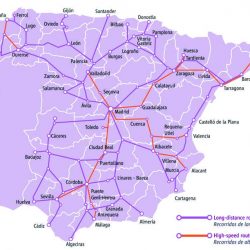
Renfe train route map in Spain (Credit: Renfe)

Renfe AVE Exterior (Credit: Ricardo Ricote Rodriguez/Flickr)
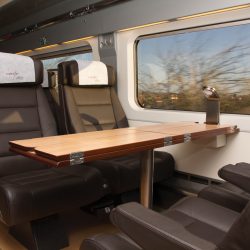
AVE S100 – 1st class (Credit: Renfe)
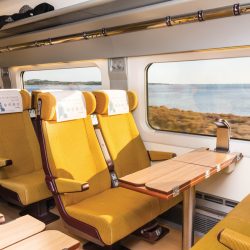
AVE S100 – 2nd class (Credit: Renfe)

Renfe AVE Exterior (Credit: Roel Hamkes/Flickr)

Renfe Altaria exterior (Credit: Eldelinux/Flickr)

Double-decker Euroduplex train (Credit: RENFE-SNCF)
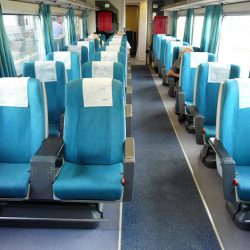
Renfe Altaria interior (Credit: Dariusz Sieczkowski/Flickr)

Euroduplex 1st class (Credit: RENFE-SNCF)
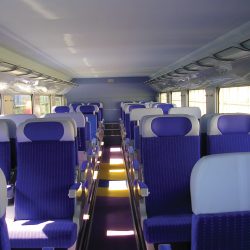
Euroduplex 2nd class (Credit: RENFE-SNCF)
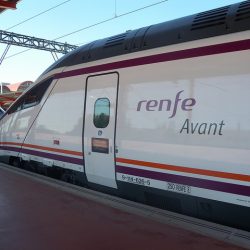
Renfe Avant exterior (Credit: Ricardo Ricote Rodriquez/Flickr)
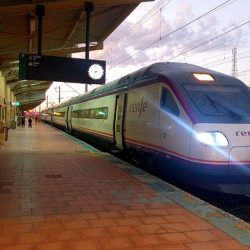
Renfe Avant exterior (Credit: Vicuna R/Flickr)

Renfe Avant interior (Credit: Tim Adams/Flickr)
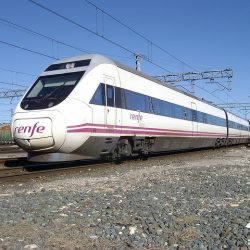
Renfe Alvia exterior (Credit: Andre Marques/Flickr)

Renfe Alvia interior (Credit: Wikicommons)
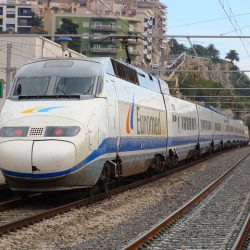
Renfe Euromed Exterior (Credit: Eldelinux/Flickr)
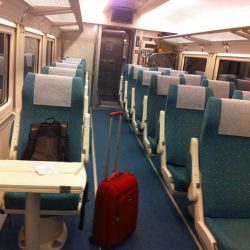
Renfe Euromed interior (Credit: Javier Leiva/Flickr)

Renfe Trenhotel exterior (Credit: Wikicommons)
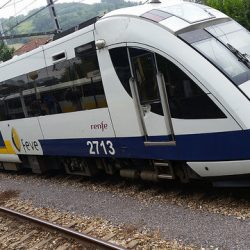
Renfe Feve exterior (Credit: Michel Curi/Flickr)
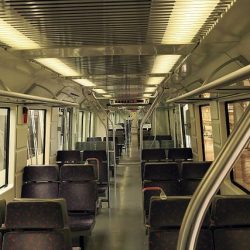
Renfe Feve (Credit: Wikicommons)
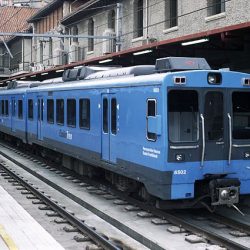
Renfe Euskotren exterior (Credit: Wikicommons)
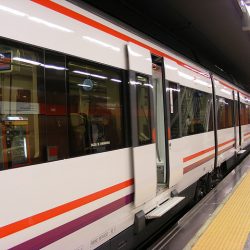
Renfe Cercanias exterior (Credit: Mathieu Marquer/Flickr)
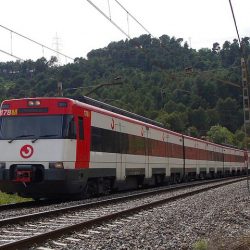
Renfe Cercanias exterior (Credit: Eldelinux/Flickr)

Renfe Cercanías interior (Credit: Wikicommons)
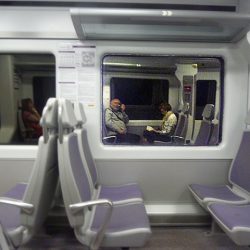
Renfe Cercanias interior (Credit: Nacho/Flickr)

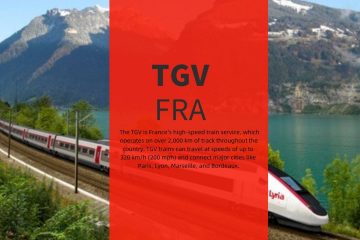
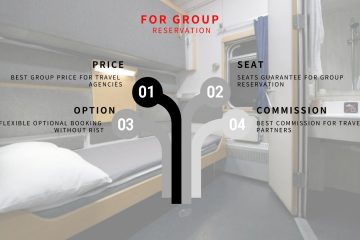
0 Comments